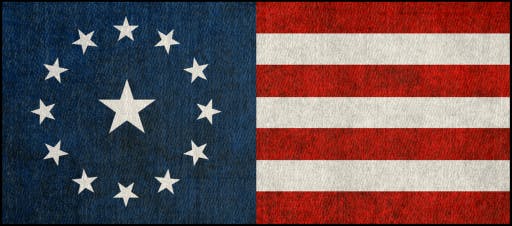Finding the Shards #13
By the 1920s, when Rudolf Bultmann and B. H. Streeter each published monumental studies on the synoptic tradition, the two- source hypothesis had largely been accepted by scholars in the liberal tradition. Bultmann used it to establish benchmarks for his History of the Synoptic Tradition (1921) and to trace the changes that occurred in individual sayings as the tradition developed. Streeter focused on the manuscript traditions of the gospels, treated them as whole literary units, and produced a detailed comparison of each gospel to the others, all the while focusing on the variant readings of each manuscript tradition. Streeter's study has become a classic and has been recognized as establishing the two-source hypothesis for the modern period of scholarship. He did this by demonstrating that the two-source theory best accounts for both the agreements and the variations in Matthew and Luke at points where each independently used the same source. One might think that, after Streeter, scholars would finally turn to Q as the best and earliest evidence for the first chapter of Christian history. But this was not to happen for another half-century.




